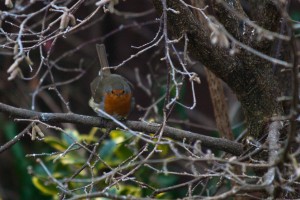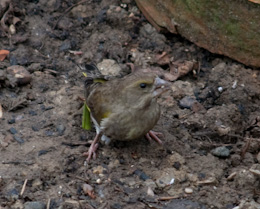I have written before about how frustrating and confusing it can be trying to reduce food miles. It is not that things are not labelled well, I find Waitrose always have the country of origin stated in an obvious position. It relates more to the question of what is in season, and is it better to buy British food which may have been grown in a heated greenhouse (which is not always obvious) or to buy imports from Spain where the weather is better for growing things such as peppers?
So, in order to combat this dilemma, we try to buy what is in season. There are some places I can go to get help – I have Sarah Raven’s Garden Cookbook, and Monty Don’s Fork to Fork (and there are some things I try to grow myself so I have an idea what is in season for part of the year). Other things are just obvious – if it is not June or July then the chances are the strawberries are not free range, ripened naturally in a British field, but are imported or grown under glass.
This year we have discovered two new (to us) vegetables. The first was Savoy Cabbage. I know this is not knew to most people, but James has had a deep mistrust of anything resembling cooked cabbage for as long as I have known him, and I had a childhood where cabbage tended to be spring cabbage and by the time it was boiled to death then it resembled seaweed. Not that I minded, I did not have well developed taste buds at that time. Anyway, following advice from James’s mum we bought our first cabbage and have become firm advocates of the joy of bubble & squeak. Ours usually involves bacon or sausage if there are any left over (although it is just as nice as a vegetarian meal) with the green part of a leek and some boiled potatoes mashed in. Lovely!
The second is a more recent discovery and is about to go out of season I think. This is celeriac. As you would expect it does taste like celery, but is of a very different texture and much milder. We have used it in risottos, ribollita and casserole so far, as well as mashing it with potatoes. It tends to lift the risotto and the mashed potato, making them lighter.
Our next aim is to venture into the world of beetroot – any recipe suggestions welcomed.









